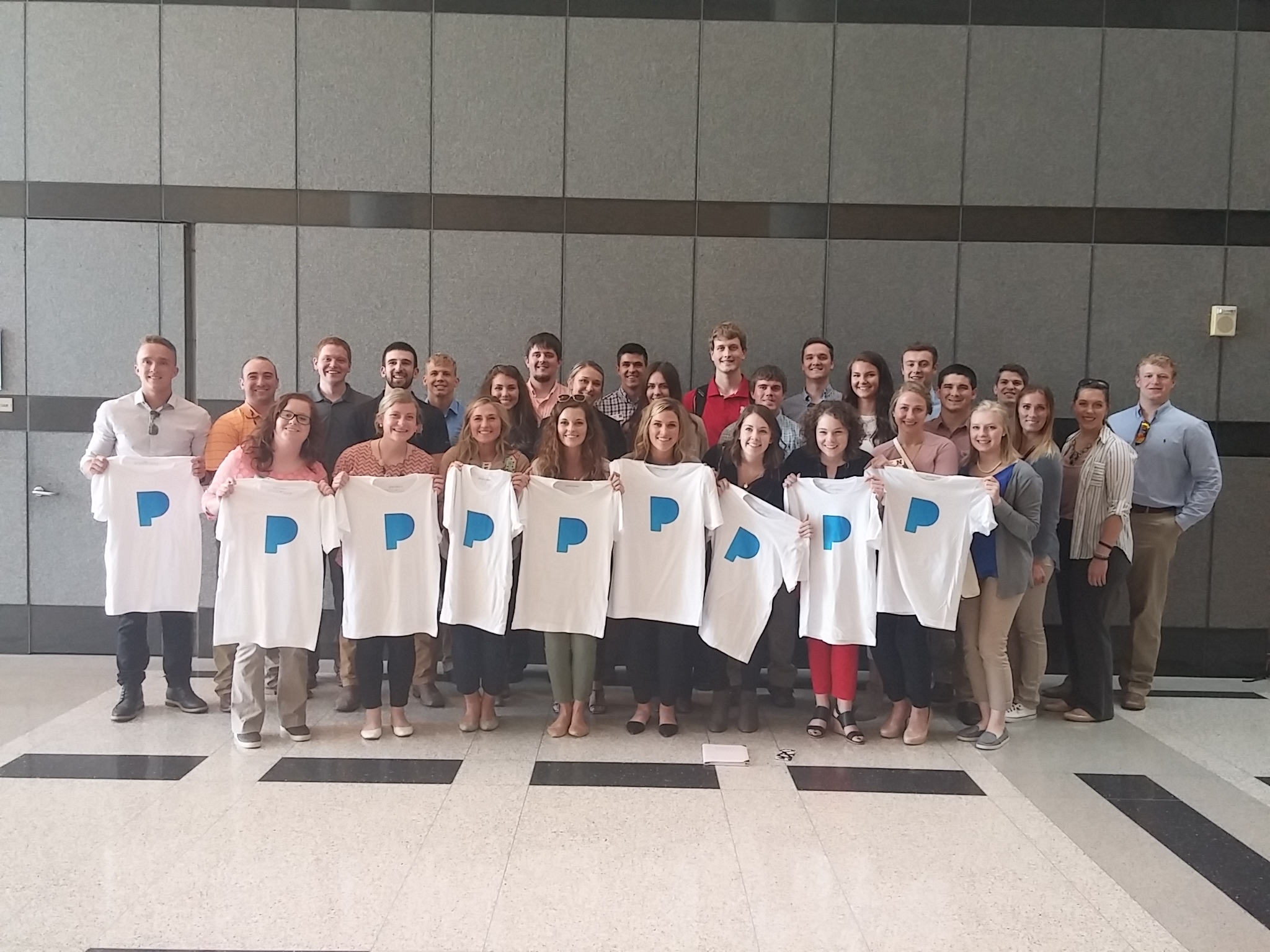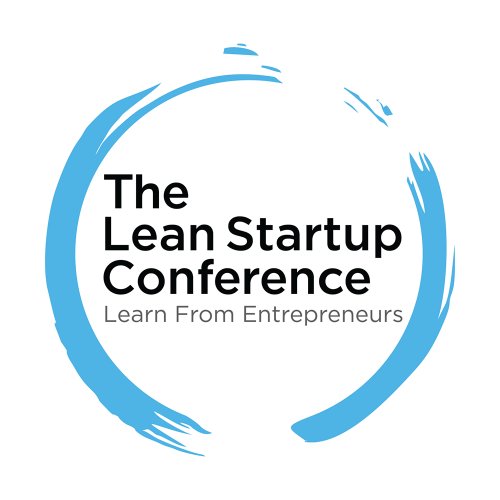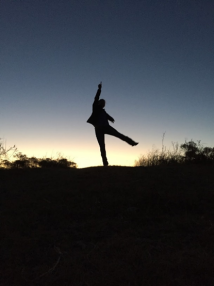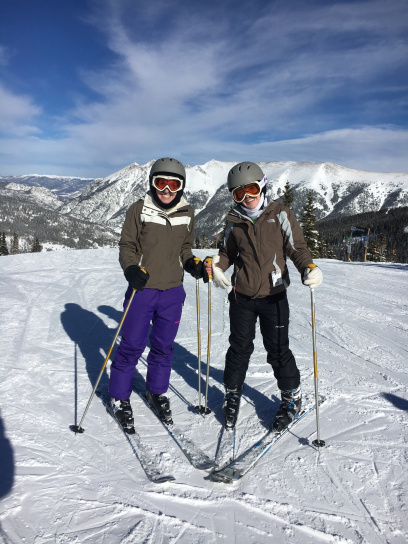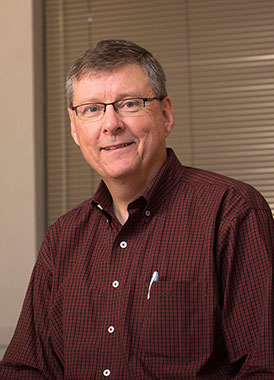I wasn’t originally planning on beginning these posts until I reached my travel destinations of Europe, starting next week, but I saw fit to post of my first day in an entirely different culture than that of my own. This culture is of the entrepreneurial technology hub of the world- Silicon Valley, California.
Many of my friends and colleagues are aware that I am actively involved in the Engler Entrepreneurship Program of the University of Nebraska-Lincoln, but many are not aware that we are taking a leap in the program to explore the tech-startup capital of Silicon Valley throughout this week.
A recurring statement I have heard about The Valley and its effects on entrepreneurship is that “Software will eat the world”. By this, they mean that every business, every industry, every facet of our daily lives, will be disrupted or reformed by technology. Today, we visited companies that have no “insider” experience in the agricultural industry, and yet these companies are rapidly changing the way that our industry does business.
This region has an aura of speed- everyone seems to be moving in a specific path with a purpose. If you stand idle too long, you will be moved out of the way by vehicles and pedestrians that are in a hurry to get somewhere. These people will not let the grass grow under their feet- or your own.
The people are so diverse here. Every ethnicity, nationality, and socio-economic group is a part of this culture. In many ways, it is the ideology of the American Dream to be a part of the startup culture in The Valley. Come here with a skill set, a vision, or a passion, and others will align with you to achieve it. As citizens in nation created by free enterprise, we all have a common interest.
The businesses here are user-oriented, and focused on rapid growth. Their founders did not come to The Valley to start hobby businesses with their friends- they came here to build products that solve consumer needs and then to scale that creation beyond belief.
My first day in The Valley has been riveting, and absolutely exhausting. Over 20 hours of continuous travel and business ideation, along with the expected culture shock, is about the maximum of what a functional human brain can handle- and I am loving every minute of it.
Takeaway from The Valley: There is no room here for average.
Our third and final day in Silicon Valley (for business purposes) is at an end, and what an awe-inspiring experience it has been. From meeting with the most progressive ag-tech startups in the world to discussing customer development with business consultants in the headquarters of Pandora Radio, we have gleaned more information in the last three days than months of schooling can teach.
The startups and businesses of The Valley are anything but average. They do not sit back and wait for problems to arise before creating solutions, but instead predict the problems before the customers even know that they have those problems. A direct quote from one of our mentors yesterday: “People don’t know what they want until you show them”. This is entirely true of the business culture of this area.
I’ll give you an example. While the entire auto industry was focusing on increasing the luxury and safety of their vehicles, a company was created in The Valley by Elon Musk that said “We aren’t going to just create a better car, we are going to create a car that drives itself so that safety is not even a concern of the consumer”. That company, Tesla, then rapidly grew in valuation be more valuable than Ford Motor Company.
This is one of hundreds of companies with the same mindset. That mindset has created the most valuable companies in the world, of which we are surrounded by. That mindset has disrupted hundreds of industries with innovation that literally reaches for the stars (Space-X). I cannot even begin to describe the feeling of being surrounded by the most fast-paced business environment in the world, but I will say one thing- it’s addicting. So for now, it’s goodbye to Silicon Valley, but I guarantee you- I will be back.
